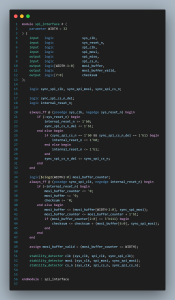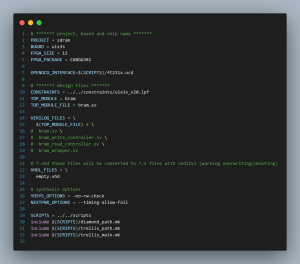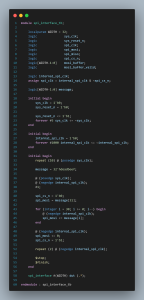For the remote camera node, I looked at the possible options that could fit our needs. I looked at TI’s CC3200, Raspberry Pi Zero W, and the ESP32. Ultimately, I settled on using the ESP32 mostly because there is a robust ecosystem that has been built up to support the chip while offering a high degree of flexibility to accommodate our needs should they evolve. I specifically chose the ESP32-CAM development kit mostly since it has a built-in camera connector, making wiring very easy and hassle free. The ESP32-CAM also has one of the highest clock speeds of the entire ESP32 lineup and has two execution cores, which should help to avoid any compute limitations
I also looked into camera options and decided on using an OV2640 camera. The OV2640 camera is able to support standard VGA resolutions up to 1600*1200, giving us a lot of flexibility in choosing resolutions. The OV2640 is able to use the camera connector on the ESP32-CAM without any modification, a very important metric at the current stage.
Next week, I plan on putting the initial order for one complete module (OV2640 and ESP32-CAM) and begin setting up the toolchain in anticipation of parts arriving.




